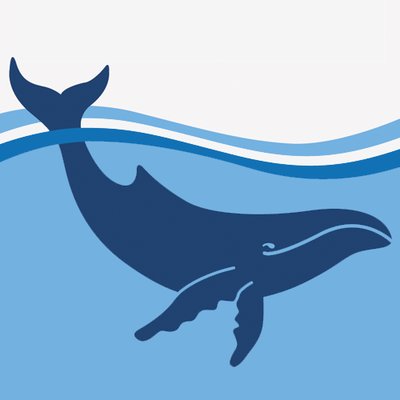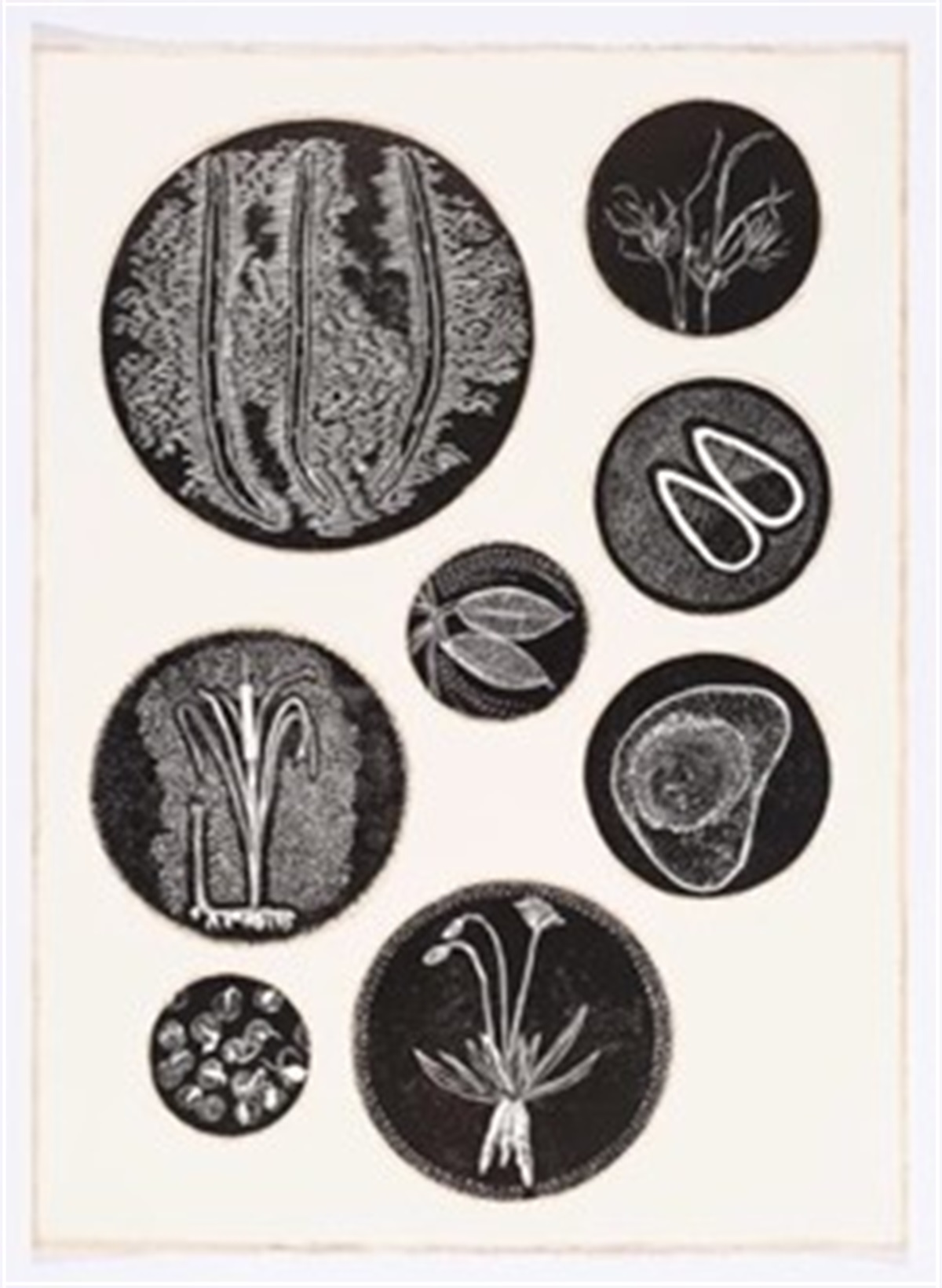South Australia continues to be on an overall improving trajectory, particularly in Year 3, which demonstrates the focus on the early years is playing a significant role.
Research shows that if children are falling behind in the early years, it’s harder to catch up, which is why early intervention is critical.
That’s why the Malinauskas Labor Government is introducing universal three-year-old preschool – to ensure that all children in South Australia receive the best start in life with early intervention opportunities able to be more accessible.
It’s also why the Malinauskas Labor Government is overhauling South Australia’s curriculum, starting with mathematics. From next year, a new mathematics curriculum will be introduced to lift student outcomes. Alongside this is a new numeracy check that will be piloted in 50 schools to identify children who need extra help earlier.
South Australia has improved its ranking compared with other states in Year 3, Year 5 and Year 7 reading; in Year 5 writing; Years 3 and Year 7 spelling and Years 3 and 7 grammar and punctuation.
South Australia typically has a higher proportion of socio-economic disadvantage (Aboriginal, remote, lower parental education) than national averages which is reflected in the data.
The mean scores reflect similar demographic patterns to previous years however, remote and very remote students in SA had higher NAPLAN scores than comparable students across Australia.
More than 80,000 South Australian students participated in the NAPLAN testing this year, with important changes made to both the timing of the testing and the explanation of the outcomes.
It’s the first time new proficiency standards are being used to make it easier for parents, carers and schools to understand how individual students are tracking.
The minimum standard has also been lifted to better identify students who need extra help.
By moving the testing period to an earlier date, the NAPLAN results are available earlier, to allow teachers to assess what support students may need in the coming year and to better inform teaching and learning programs.
The changes, approved by all of the nation’s Education Ministers, are intended to provide greater clarity to families and schools about how students are progressing and to provide the information at a more relevant time of the year so adjustments can be made to a student’s learning.
New proficiency standards with four simplified levels of achievement for each year level replace the previous 10-band structure and the old national minimum standard set in 2008 when tests were on paper.
The new proficiency levels are:
- Exceeding: The student’s result exceeds expectations at the time of testing.
- Strong: The student’s result meets challenging but reasonable expectations at the time of testing.
- Developing: The student’s result indicates that they are working towards expectations at the time of testing.
- Needs additional support: The student’s result indicates that they are not achieving the learning outcomes expected at the time of testing. They are likely to need additional support to progress satisfactorily.
As put by Blair Boyer
NAPLAN is just one indicator of a student’s achievement – and can help identify where we need to focus our efforts.
That is why former Education Minister and now Deputy Premier Susan Close introduced the phonics checks for Year 1 students in 2017. She identified its need and since then we have seen a significant improvement in those areas.
That’s also why when reviewing the NAPLAN results from last year, we saw a decline in numeracy results, we implemented a comprehensive Mathematics Improvement Strategy across our schools that includes updated financial literacy materials and a new numeracy check.
Our government is making long-term decisions to overhaul education in South Australia.
Introducing universal three-year-old preschool, prioritising investments in student wellbeing to lift academic performance, banning mobile phones in schools, delivering a better curriculum, and ensuring we have the best teachers are all focused on improving education for future generations.
As put by Department for Education Chief Executive Professor Martin Westwell
New developments in the approach to teaching numeracy and literacy build on quality teaching and aim to help understand the other factors that can support students.
The new Australian curriculum, which will begin to roll out next year, will play a huge part in ensuring the way in which we teach our students in South Australian public schools best develops the way they learn.
Our new Strategy for Public Education in South Australia sets a bold new approach for our schools – one with a renewed focus on equity, excellence, wellbeing and effective learning.
The overall strategy here is that we focus our attention on ensuring students are effective learners and understand the context of the content, not just test performers.
The COVID-19 pandemic has left us with some lasting issues around wellbeing and connectedness for students, which we are continuing to work on to improve student engagement with their school as a cornerstone to achieving great learning outcomes.
As put by Stirling East Primary School Principal Jess Moroney
Here at Stirling East Primary School we are really pleased with the test results for our Year 3 and Year 5 students, which reflect great outcomes in both literacy and numeracy.
We know that these test results are just a single measure of how our students are doing, but they allow us to see how students are progressing over time and assist us in making professional judgements about our programs and pathways.
These results are part of the wider information we gather in order to support our students with their academic journeys.








